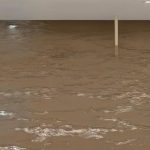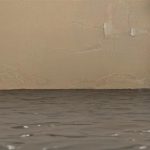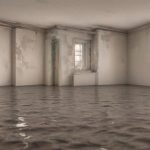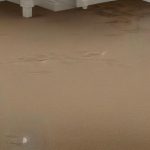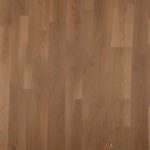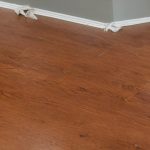Introduction
When water infiltrates your home, it’s not just the immediate damage that concerns you; it’s the potential for long-term consequences like mold growth in carpets. Mold in carpet from water damage poses significant health risks and can compromise the structural integrity of your home. In this guide, we’ll explore six crucial steps to stop mold in carpet from water damage, ensuring your home remains safe and mold-free.
1. Remove The Water Right Away
The first line of defense against mold in carpet from water damage is swift action. As soon as you discover water soaking your carpet, it’s imperative to remove it promptly. Utilizing a wet-dry vacuum is effective for extracting water from the carpet fibers. However, if the water accumulation is substantial, employing large buckets to scoop it out before using a vacuum may be necessary. Remember, time is of the essence in minimizing water damage and preventing mold growth.
Also Read: Restoring Peace of Mind: Water Damage Restoration Services in Tampa, FL
2. Remove the Damaged Carpet Pad and Dry Your Carpet
Once the water is extracted, the next step is to address the damaged carpet pad. Remove it entirely to prevent mold from taking hold. Afterward, apply an antimicrobial solution to both sides of the carpet and the floor beneath. Reinstall the carpet and use a wet-dry vacuum to eliminate excess moisture. Employing large carpet-drying fans is crucial in ensuring thorough drying and preventing mold growth. Leave the fans running continuously for up to two days to expedite the drying process.
3. Dry the Room
Drying the air in the affected room is as crucial as drying the carpet itself. Moisture lingering in the air can contribute to mold growth, so using a dehumidifier alongside carpet-drying fans is essential. Running the dehumidifier for up to two days will help eliminate excess moisture, reducing the risk of mold proliferation.
4. Check Your Furniture and Clean the Surrounding Areas
Inspect any furniture near the water damage to ensure it hasn’t been affected. Remove furniture from the wet area and check for hidden pockets of water. Additionally, thoroughly clean the surrounding walls and baseboards with an EPA-certified disinfectant to eliminate any lingering moisture and prevent mold growth.
5. Replace the Water Damaged Carpet Pad
After ensuring the carpet is thoroughly dried, replace the water-damaged carpet pad promptly. Hiring a professional restoration company for this task ensures it’s done effectively and efficiently, minimizing the risk of mold recurrence.
6. Steam Clean Your Carpet
To further safeguard against mold growth, steam clean your carpet to remove any residual contaminants. Hiring a professional carpet cleaning service is recommended for thorough cleaning and disinfection.
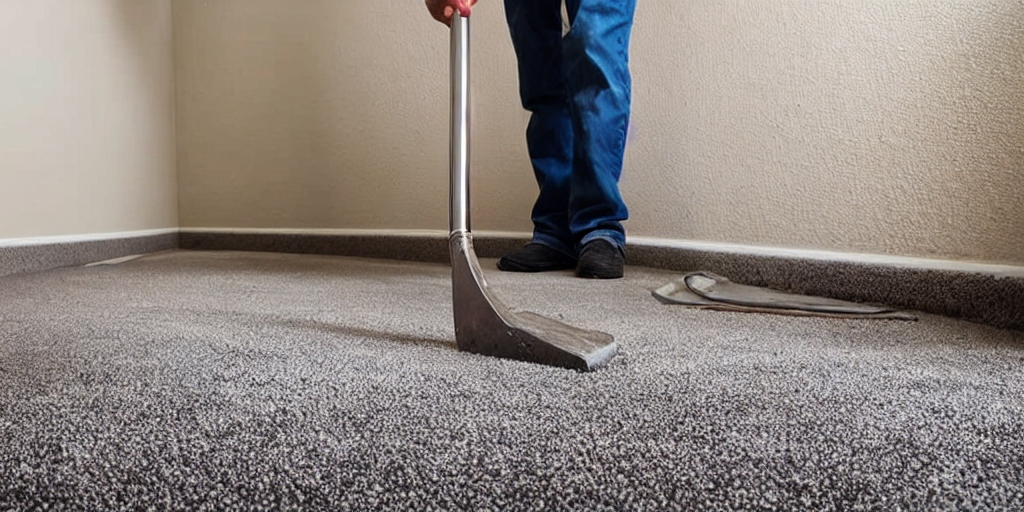
Should Carpet be Replaced after Water Damage?
Whether to replace the carpet entirely depends on the extent of the water damage and how effectively it was mitigated. In cases of extensive damage or prolonged exposure to moisture, replacing the carpet may be necessary to prevent mold growth and safeguard your home’s occupants.
How to Deal with Existing Carpet Mold
Unfortunately, once mold has taken hold in carpet fibers, it cannot be reversed. The only solution is to replace the affected carpet and pad entirely. Swift action is crucial in preventing mold from spreading further and causing additional damage.
How to Reduce the Risk of Carpet Mold after Water Damage
Preventing mold growth after water damage requires thorough drying and sanitation measures. Removing moisture promptly, generating airflow, sanitizing walls and baseboards, and considering carpet replacement are essential steps in reducing the risk of mold proliferation.
Also Read: Wood Floor Water Damage: Understanding the Risks and Solutions
Conclusion
Mold in carpet from water damage poses serious health risks and structural concerns for homeowners. By following these six steps diligently, you can effectively mitigate water damage and prevent mold growth in your carpet. Remember, swift action is key in protecting your home and your family from the detrimental effects of mold.


